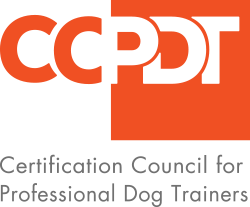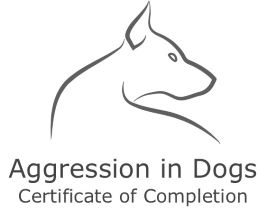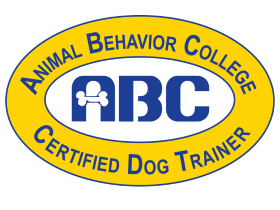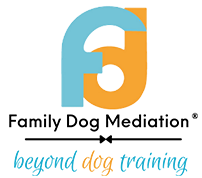About
Training Philosophy
I am using science-based, positive reinforcement methods when I teach new behaviors as well as a technique for behavior modifications. I believe that a lot depends on the bond that we create with our dogs.

About Vivien
Vivien Janotka started her dog training career in 2017 when she became certified by Animal Behavior College. Continuing her education, she started an apprentice program at Dogs Abound and started her part-time dog trainer job at the facility in 2018. In the meantime, she became Fear Free Certified, joined the Animal Behavior College Mentor Trainer Program, and found her passion in helping dogs with behavior challenges. Her own German Shepherd Dog inspired Vivien to gain a deeper knowledge about aggressive dogs and help them with the least intrusive, minimally aversive approach.
Continuing education and learning about new techniques are important for her and she makes sure to keep herself updated with seminars, webinars and to keep in touch with other dog trainers as well. Vivien also became a Certified Professional Dog Trainer by the CCPDT in 2020.
Her passion is to work with all types of dogs and get to know each individual to create a personalized training plan that is fun and effective. She enjoys working on basic obedience as much as with behavior modification cases.
Vivien Janotka
ABC Certified Dog Trainer | Fear Free Certified | IAABC member | Pet First Aid Certified | CPDT-KA certification | Family Dog Mediator (FDM)
Training Methods
When teaching a new behavior we focus on using positive reinforcement methods as well as when we are working on behavior changes. This method is based on research and science that is free of pain, intimidation, or physical force and full of creating an environment for the learner to be successful and rewarding good choices.
Your bond with your dog lasts for a lifetime. You can only maintain a good relationship when you create trust. When we focus on what our dogs can do and we reward their good choices, we are not only creating a stronger relationship but also encouraging them to make these choices more often in the future.

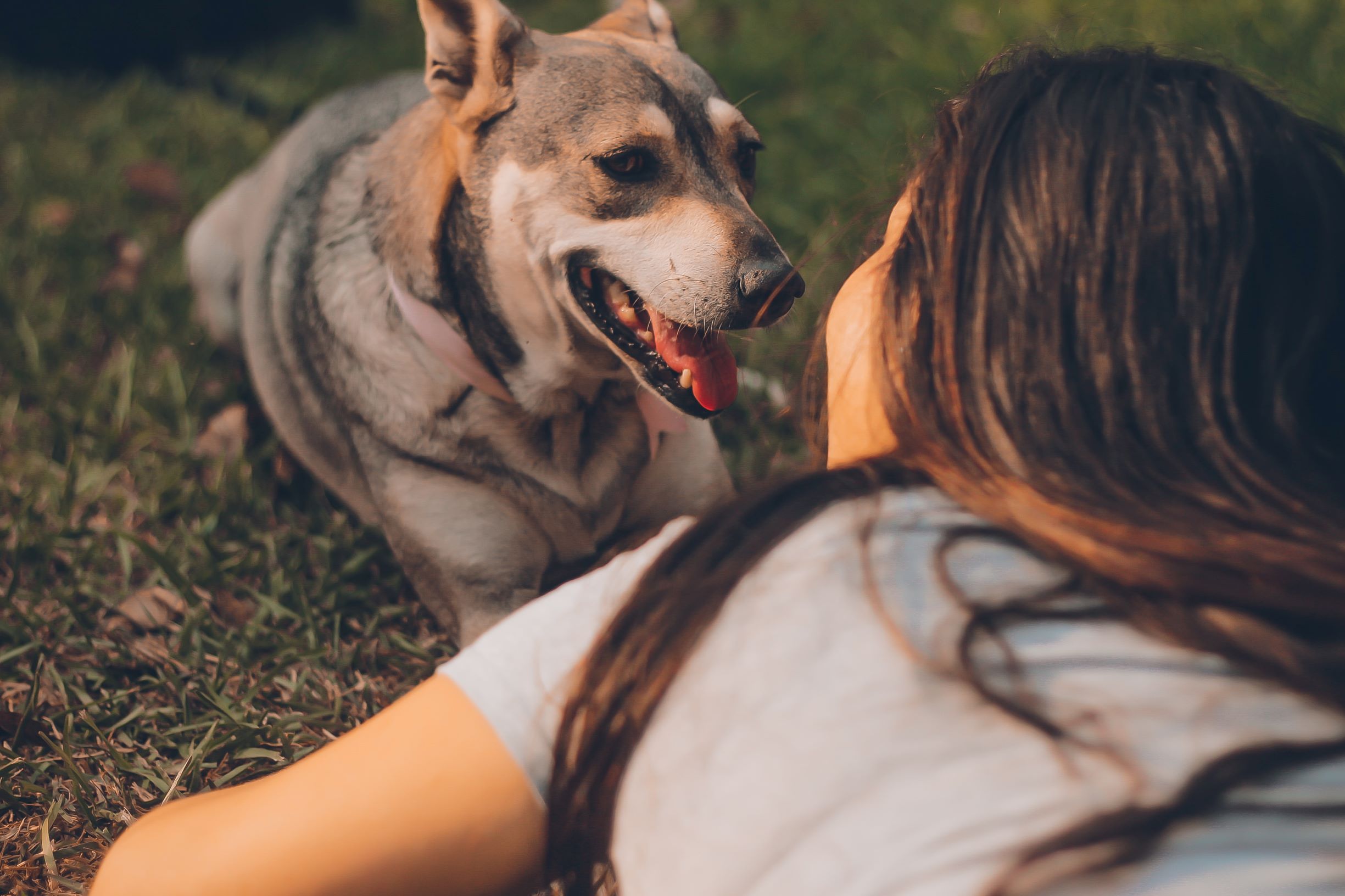
The Bond
I believe that a lot depends on the bond that we create with our dogs. The more quality time we spend with them and the more we observe them, the better we get at what they are communicating to us. Dogs communicate differently than humans. We are different species with different needs. We need to learn what they are telling us and listen to them to make the interspecies relationship smooth. Every living thing communicates. It is needed for their survival. Problems usually start to arise when we don’t listen and misunderstand our dogs.
Luckily, we now know enough about – thanks to great scientists – how dogs communicate and how they learn so we can apply these theories and live together peacefully and train without fear, pain, and aversive techniques.
Frequently Asked Questions
Below you’ll find answers to some of the questions I get asked the most about my training methods. If you have any other question, please contact me.
“I contacted Vivien because my dog was showing aggressive behaviors towards other dogs when we were out on our daily walks. She gave me tips on how to manage it and to teach my dog to behave better. ”
“I started to work with Vivien after I got my two puppies. She’s given me a lot of valuable information that has been helpful ever since. ”
“It was nice to work with Vivian. She taught me things about my dog that were greatly misunderstood before. Training made it a lot easier to see my puppy growing into her teenage phase.”


